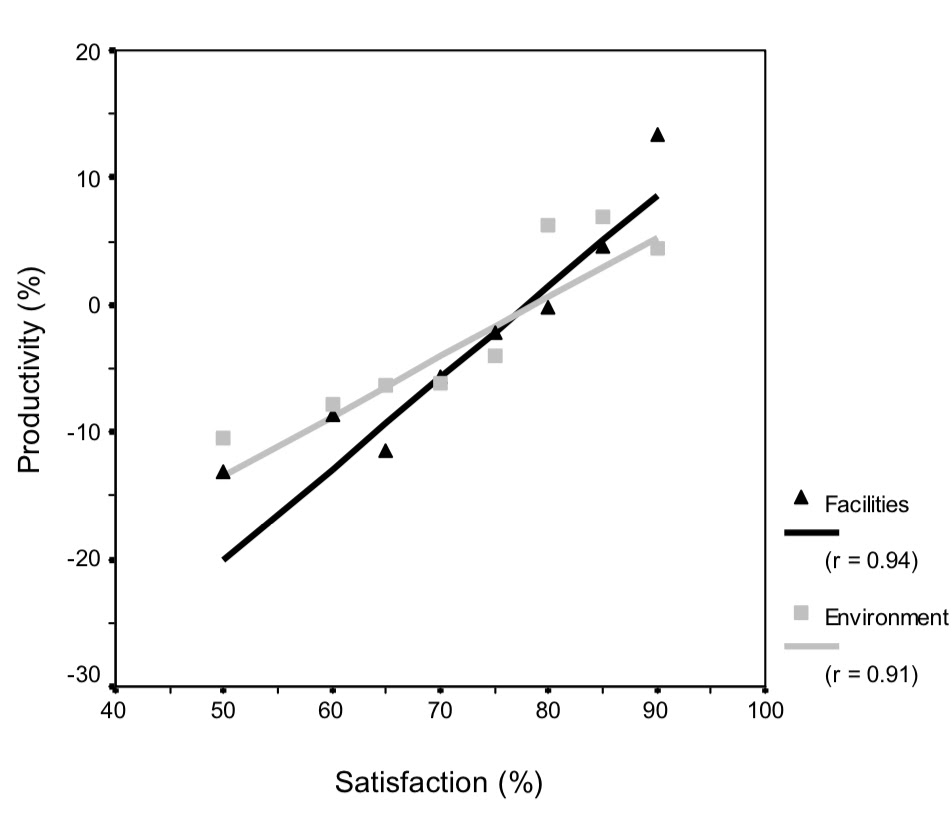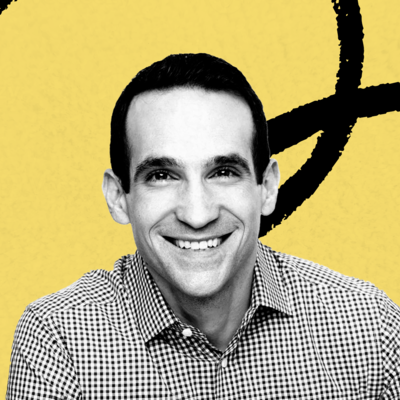
The Science of Productivity Cycles
Why we get tired of our workspaces, and why new environments stimulate productivity
September 3, 2020
🔒 This is a free preview of a members-only post!
A few months ago I wrote about productivity cycles — my experience of the regular fluctuations in my productivity levels.
Over time, I’ve noticed something interesting about these cycles: when I’m in a productivity low, it tends to bleed into my environment.
That is, when I’m not being productive it’s as if procrastination is in the air. Sluggishness is woven into the fabric of my seat. I can see avoidance reflected in the glass of my desk.
It gets so bad that I can’t even bear to think about my workspace. The minute I lay eyes on it my stomach clenches and my hands start to sweat, and I have to use enormous willpower to force myself to sit down in my chair and open up my computer.
So I’ve developed a habit. When I feel like this, I’ll go somewhere else. I’ll work at my kitchen table, or on my couch. Or I’ll go sit outside at a coffee shop in my neighborhood and try to get work done there. Or I’ll go to my empty office and use the desk there.
For some reason going into a new environment seems to help me get a little bit of steam and overcome my avoidance.
I wanted to know… why is that?
So I hired a researcher!
One of the benefits of the popularity of Superorganizers (and the generosity of premium members like you!) is that it allows me to afford to do awesome things. This, dear reader, is one of those awesome things!
I hired a researcher to dive into the science and help me answer my question: why do I get fed up with my work environment? And why does going to a new environment help me be more productive?
She’s an old friend of mine from high school, and she’s currently getting her PhD in psychology. She offered to help me read through all of the scientific literature related to this question, and then send me a targeted list of papers that explain that answer.
We found seven papers that are relevant to the question, and I learned a lot. Some of it was specifically relevant to the question, and some of it spun my mind in a bunch of new directions. I’m going to summarize our findings on the question at hand — and I’ll be mentioning the other things we found in future posts.
Here’s what we found.
Our findings
To summarize, you can break the question up into two components. First, why does our productivity level in and experience of a space degrade over time? Second, why do new spaces seem to fix the problem?
Let’s answer these one at a time.
Why does our productivity level in and experience of a space degrade over time?
In a study of the relationship between the work environment and productivity levels, Oseland (2004) found that when you’re more satisfied with your environment you’re also more likely to be more productive.
What the results show is that as your satisfaction with your work environment increases, your productivity will also increase.
The question then is, what leads to satisfaction with your work environment?
Well, as part of the same survey, participants also reported how much non-work time they spend in their office. Non-work time (or downtime) includes things like waiting for elevators, walking between buildings, doing paperwork, or being interrupted by colleagues.
It turns out that the more non-work time you spend in your work environment, the LESS likely you are to be satisfied.
As we already know, the less satisfied you are, the less productive you are. So according to this study, one of the keys to feeling productive is to reduce the non-work time you spend in your work environment.
Now, why is this?
What you get when you become a Superorganizers Premium member through the Everything Bundle:
We’re striving to make Superorganizers Premium everything you need to live a productive life.
When you become a member you’ll get:
- Access to templates, tips, and explainers to help you apply the productivity systems we cover in just a few clicks
- In-depth articles only available to subscribers (like this one!) including access to our full archive of interviews
-
Access to 2 Superorganizers-only software products:
- Discounts on software and courses from other productivity wizards. Like this one.
- Members-only swag featuring old productivity software like Lotus Notes
Superorganizers comes as a bundle, so when you subscribe you also get access to 4 other paid newsletters: Divinations, Praxis, Napkin Math, and Means of Creation.
Can’t afford a subscription for any reason? Send us an email and we’ll work something out!
The Only Subscription
You Need to
Stay at the
Edge of AI
The essential toolkit for those shaping the future
"This might be the best value you
can get from an AI subscription."
- Jay S.
Join 100,000+ leaders, builders, and innovators

Email address
Already have an account? Sign in
What is included in a subscription?
Daily insights from AI pioneers + early access to powerful AI tools












Comments
Don't have an account? Sign up!